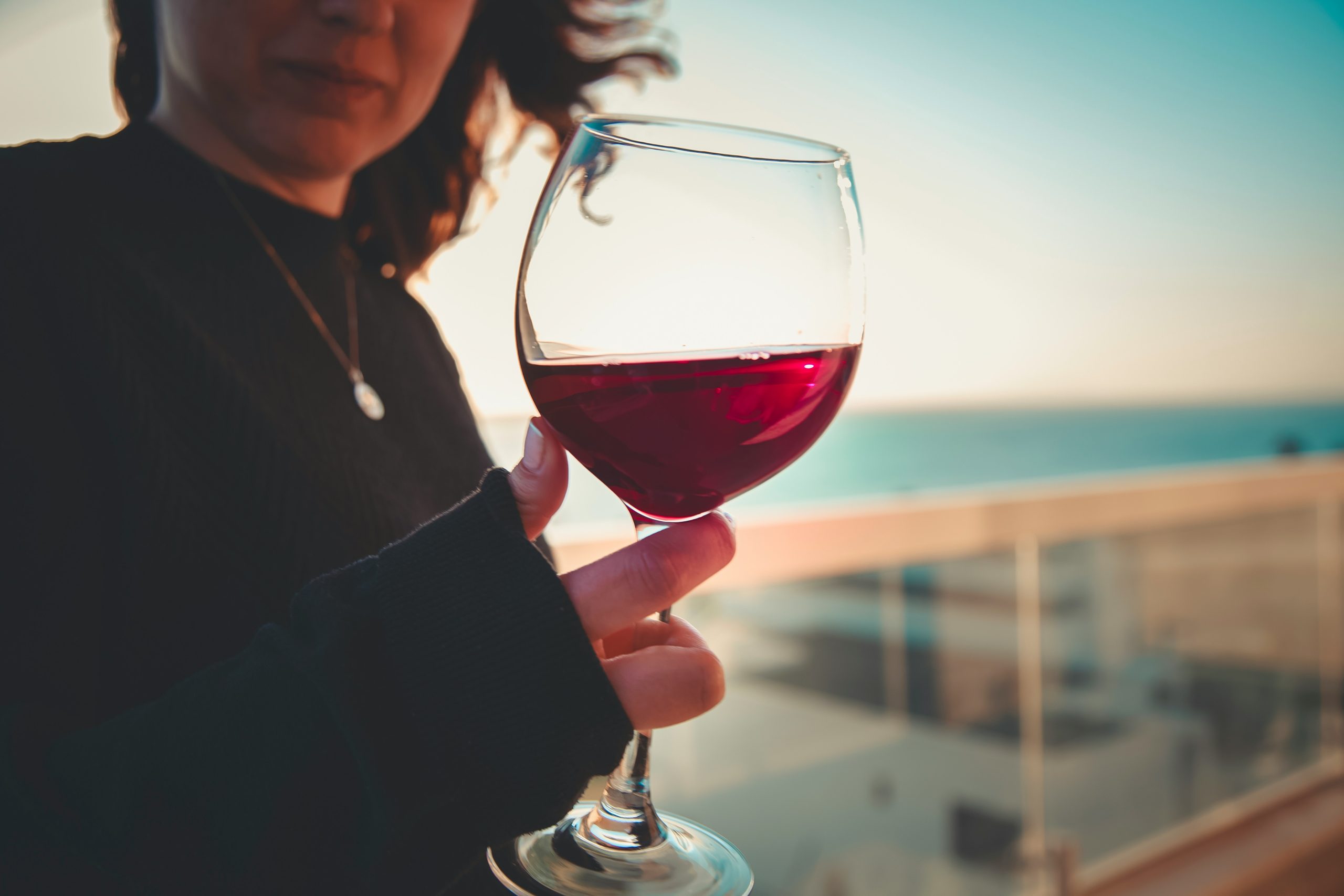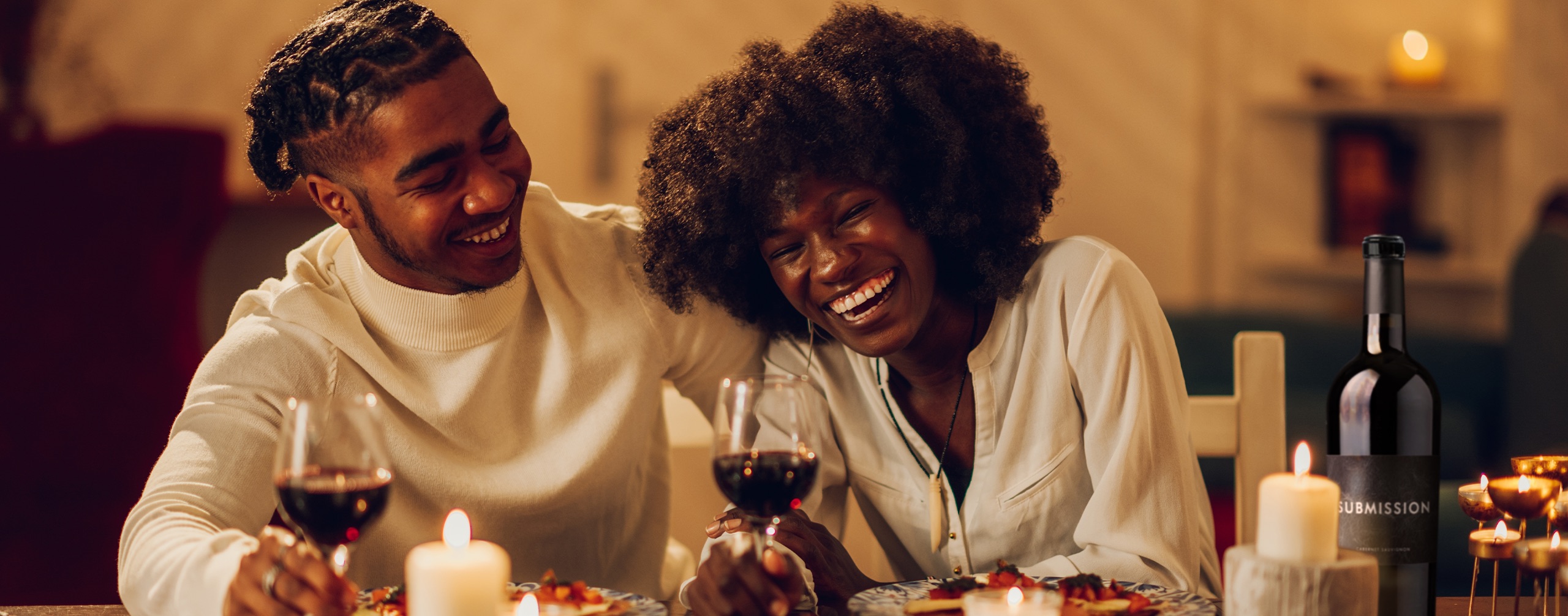
Stay Informed
Get the latest news, trends, and industry insights.
Now that we’ve shared why you should partner with a social media influencer, here are top tips for researching and vetting potential partners. We implement these steps for clients like Hahn Family Winery, Wines of Languedoc, J. Lohr Vineyards & Wines, Geyser Peak Winery, and others.
1. Determine your campaign goals
You won't achieve your goals if you don't define them. That is, make sure your campaign is optimized to meet your goals. Determining realistic benchmarks will depend on the size of your current social media accounts, as well as the metrics for your influencer partner. Set the following goals before choosing an influencer:
- Social Media Follower Growth: 25%? 50% this year?
- Impressions: Need to reach a mass or micro target audience?
- Reach: Maybe, like some of our clients, you want to reach wine buyers who don't necessarily read about wine?
- Engagements: Want to increase shares, likes and comments?
- Target demographic: Want to reach more Millennials? Consumers in New York? Luxury buyers?
Once you have identified these goals, you'll be able to identify an influencer(s) with the right follower count, as well as the key questions you'll need answered in order to select the best partner.
2. Ensure the influencer's visual identity is a good match for your brand
Influencers grow their audiences by building, and fiercely protecting, their personal brand. As you scroll through the feed of a potential match, take note of their photo styling. Does their look align with your brand? An influencer known for their richly textured food and wine styling wouldn't be an appropriate match for a winery with a crisp and clean visual style. Although your marketing team will provide guidelines for content creation, don't expect a potential partner to dramatically change their style. At the end of the day, you'll have to trust this person to speak on your behalf. And you'll reaffirm your brand identity by working with an influencer whose imagery and tone of writing aligns with yours.
Hahn Family Winery partnered with “Drinking with Chickens” — a perfect visual partnership. Read our case study here.
3. Review the influencer's past partnerships
Evaluate previous paid content on the influencer's page. This will allow you to see both how the influencer presents sponsored products as well as what types of products they promote. If you're a luxury wine brand, you should ensure that the potential influencer frequently advertises premium products.
Pro tip: Don't be scared off if an influencer has worked with your direct competitors. This could be a great sign that their audience will be interested in your brand.
4. Consider the influencer's audience location
Make note of where the influencer and their audience are located. Consider if you need to coordinate an in-person event or photoshoot. Make sure you can legally ship wine to the influencer. Look at the language in the comments section and at the profiles of engaged followers to determine audience location.
5. Check for fake followers
A primary goal in selecting a partner is choosing one with an audience who will be interested in your brand. Fake followers are an increasing concern. Follower count is meaningless if the audience isn't real; it defeats your marketing objectives and might even damage your brand's integrity. Have your marketing team or agency vet potential partners for fake followers by checking for warning signs like a sudden spike in followers. Another cause for concern is a nearly 1:1 follower-to-following ratio which indicates the use of automation services to spur follower growth real influencers do not follow thousands of accounts.
6. Make sure the influencer follows guidelines for industry responsibility
In the court of public opinion, and potentially the court of law, sponsoring an influencer can be seen as condoning their behavior. Evaluate the way partners run their accounts. Here are some red flags:
- Promoting overconsumption
- Promoting drinking alone
- Claiming alcohol has health benefits
- Not clearly indicating sponsored content — an #Ad should be in the caption of every sponsored post
- Running alcohol giveaways
- Drinking alcohol while pregnant
- Promoting consumption by minors
- Featuring people that appear under 25
Everyone working in social media on a wine brand should review and adhere to the Wine Institute guidelines for digital marketing and advertising.
7. Your budget will determine the right influencer
Every influencer sets their own prices, and costs will vary depending on their follower count. Consider your budget and campaign components when determining where you'll get the most bang for your buck. While a macro-influencer partnership is likely to spur larger follower growth in a shorter amount of time, we often recommend partnering with a micro-influencer to reach a niche audience (engagement rates can be much higher).
8. Request Media Kits and Proposals
Normally, we vet prospective partners to create a shortlist of 10-30 influencers, and request media kits and proposals from 5-15 identified as the best potential matches. Next, request a media kit. Influencers should be able to provide:
- Audience breakdown by location, age and gender
- Time of day their audience is active (to identify time zone)
- Average impressions per social media post
- Average engagements
- Unique monthly page views to blog
- Timeframe for production
- Breakdown of fees for photography, blogs, videos, events, etc.
Now that we’ve discussed why to use influencers and how to research and vet them, we now turn to best practices for executing a campaign.
For more tips, tools and solutions, sign-up for The Brand Leader's Substack. We include best practices and ideas for social media marketing, digital advertising, PR, brand strategy, and more.
Stay Informed




